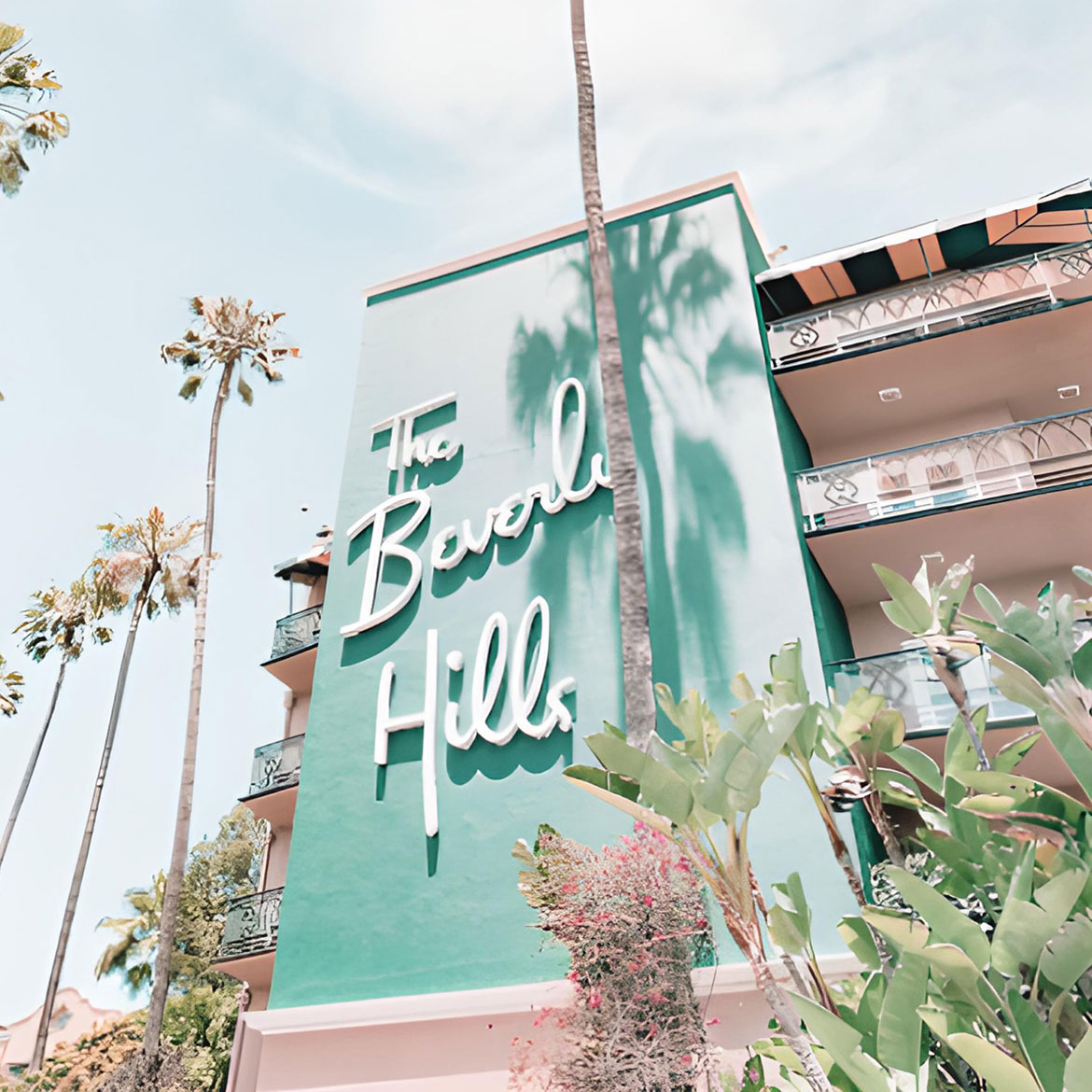Bottled Wealth: A High Net Worth Guide to Investing in Fine Wine

In the evolving world of alternative investments, few asset classes combine cultural prestige, tangible enjoyment, and financial performance quite like fine wine. For high-net-worth individuals, investing in top-tier vintages isn’t just about returns — it’s about legacy, access, and lifestyle. In an era where passion assets are increasingly part of balanced portfolios, fine wine offers both sensorial pleasure and wealth preservation in one elegant bottle.
Welcome to the world where your portfolio is housed not in spreadsheets, but in cellars.
Why Wine? A Vintage Worth Banking On
Fine wine has outperformed many traditional markets over the past two decades, demonstrating resilience during economic downturns and providing low correlation with equities and bonds. Indices like the Liv-ex 100 — tracking the performance of the world’s most traded wines — have shown consistent growth, with especially strong returns during periods of inflation or currency volatility.
But wine’s allure is not just about charts. It’s a rare blend of:
- Tangibility – a physical asset with intrinsic value
- Scarcity – top estates produce limited quantities annually
- Longevity – fine wine appreciates in both quality and value with age
- Global Demand – led by collectors in Asia, the US, and Europe
What Makes a Wine Investable?
Not all wine is created equal in the eyes of an investor. The most investable wines typically exhibit:
- Producer Prestige: Iconic names like Domaine de la Romanée-Conti (DRC), Château
Lafite Rothschild, Screaming Eagle, and Masseto command consistent demand. - Vintage Quality: Exceptional years — such as Bordeaux 2000, Burgundy 2005, Napa
2013 — age better and sell higher. - Critic Scores: 95+ point reviews from Robert Parker, James Suckling, or Wine Advocate
often lead to price spikes. - Cellaring Potential: Wines that improve over 10–30 years are highly sought after.
Top Regions for Wine Investment


Bordeaux (France)
Still the cornerstone of fine wine portfolios, Bordeaux offers structured en primeur investment options. The First Growths (Lafite, Mouton, Margaux, Latour, Haut-Brion) are the gold standard.
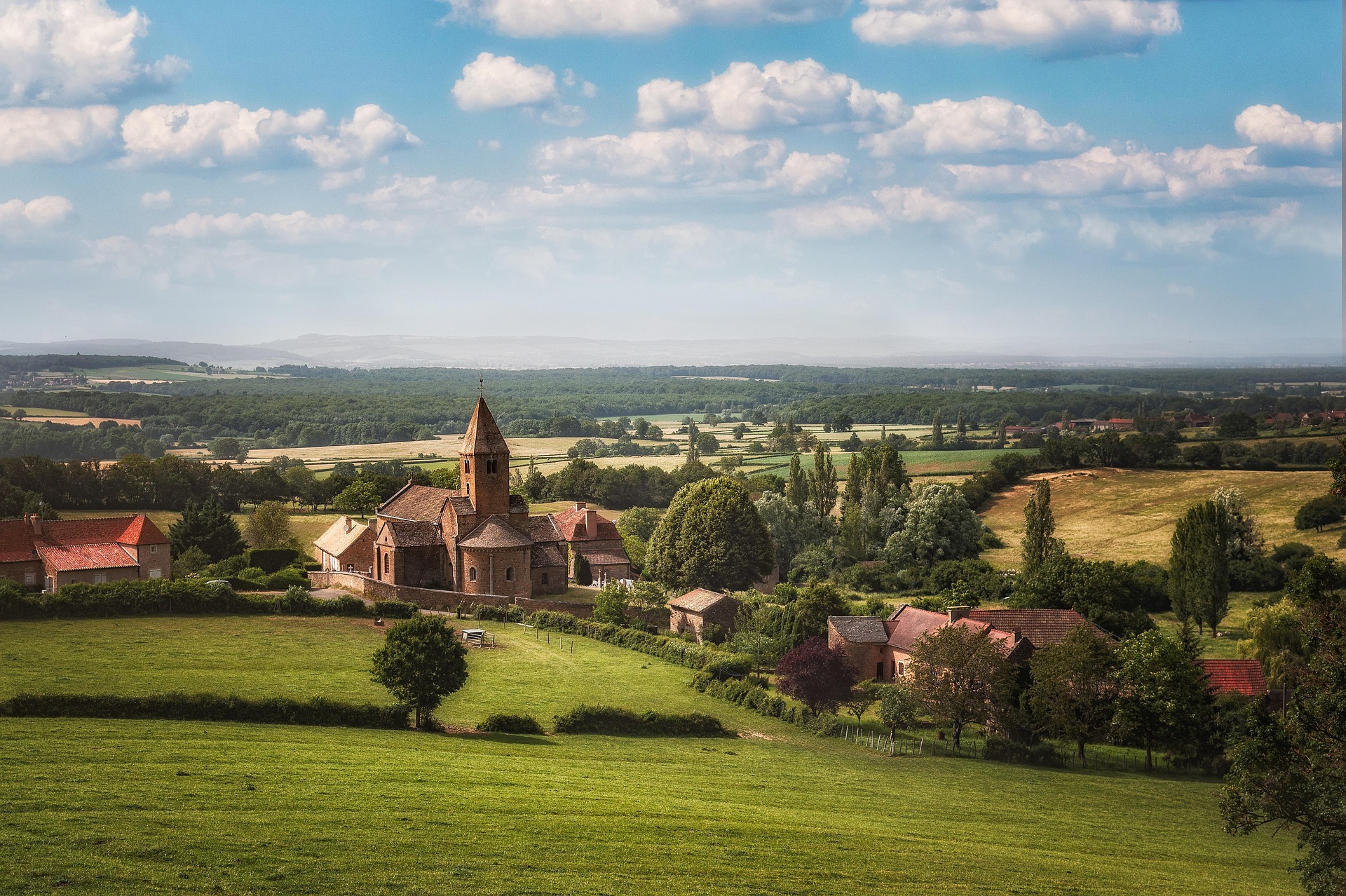
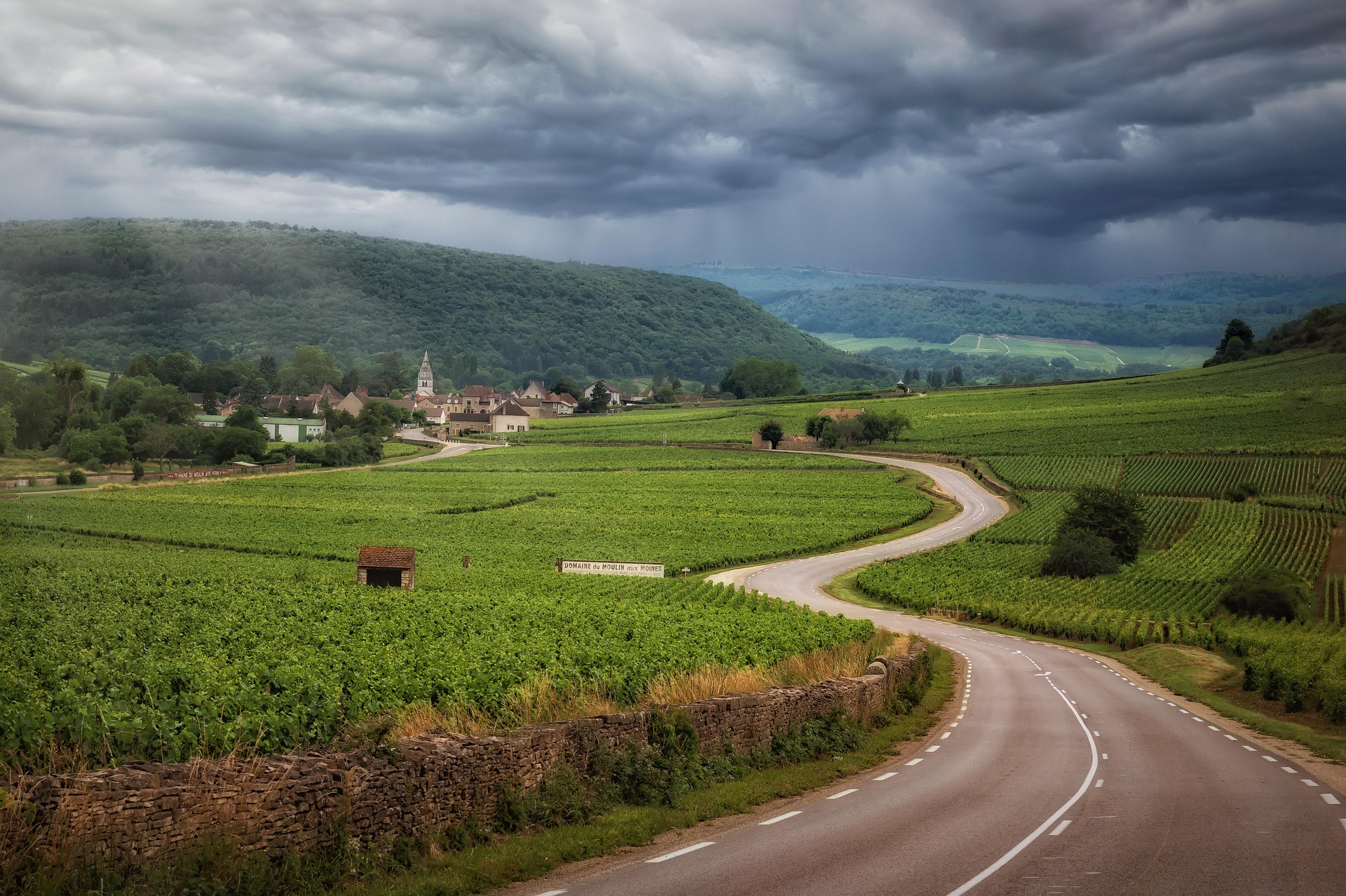
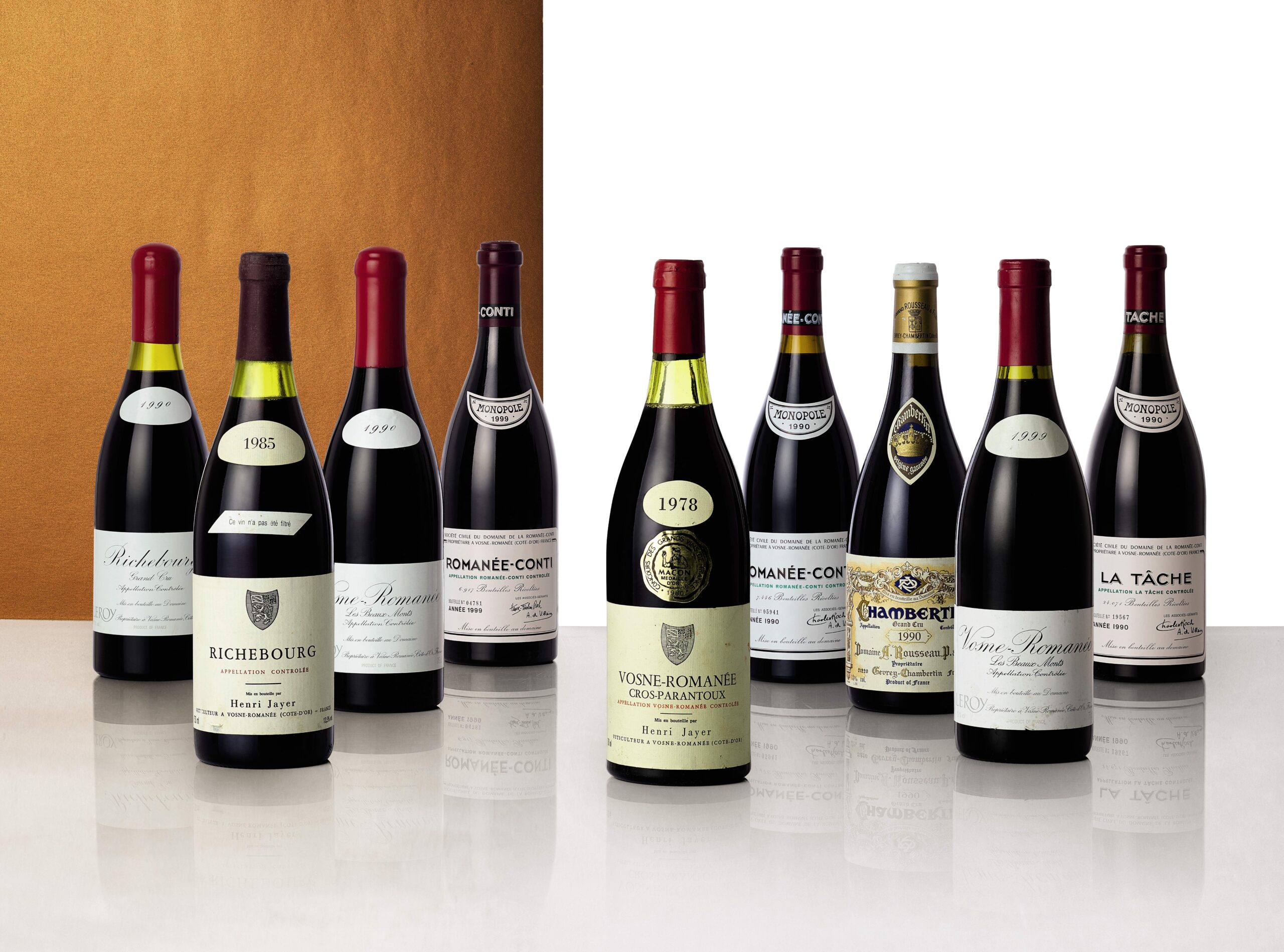
Burgundy (France)
Burgundy’s micro-parcel terroir and limited production make it one of the most lucrative regions. DRC, Leroy, Rousseau, and Coche-Dury are coveted names, often appreciating 10–20% annually.
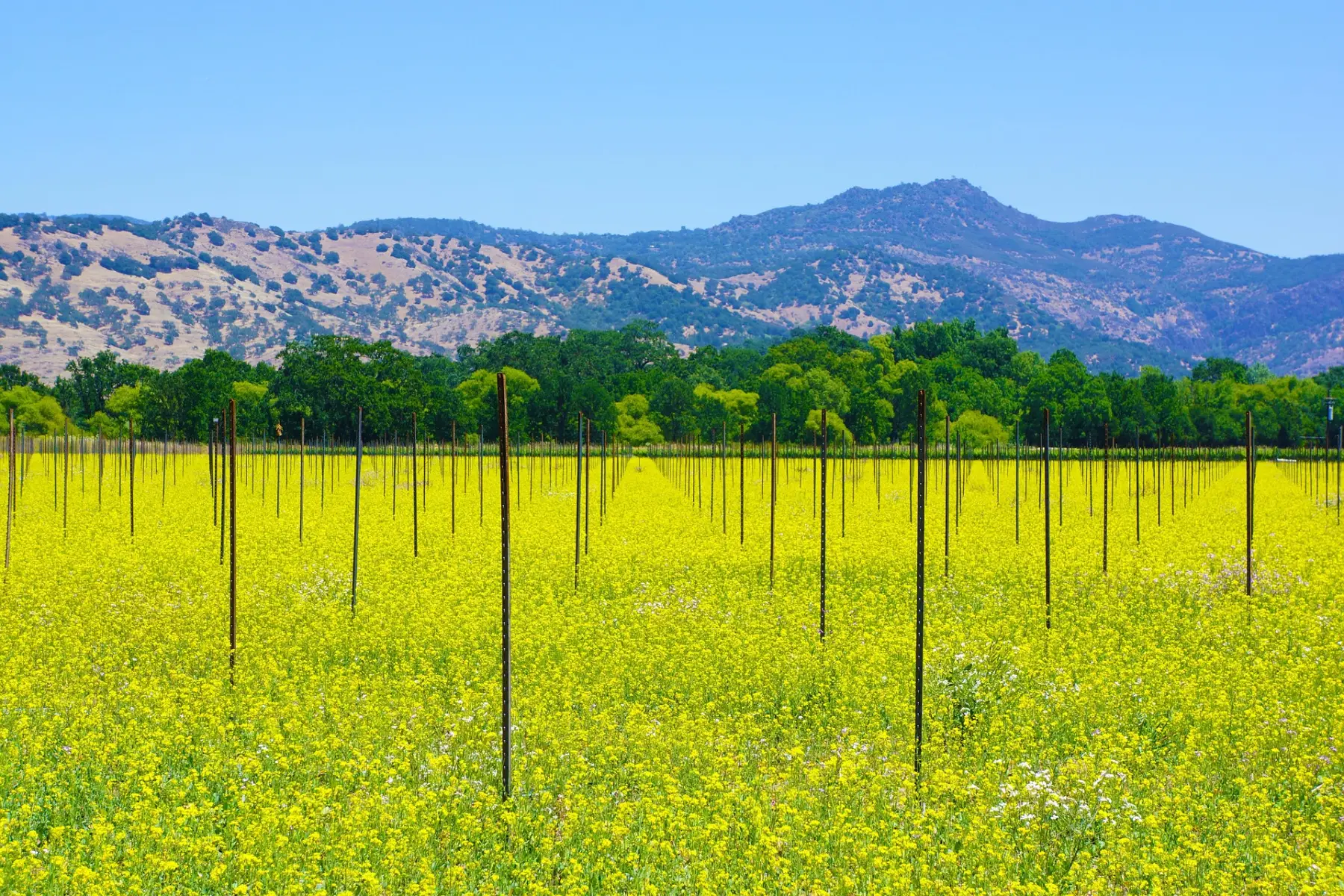
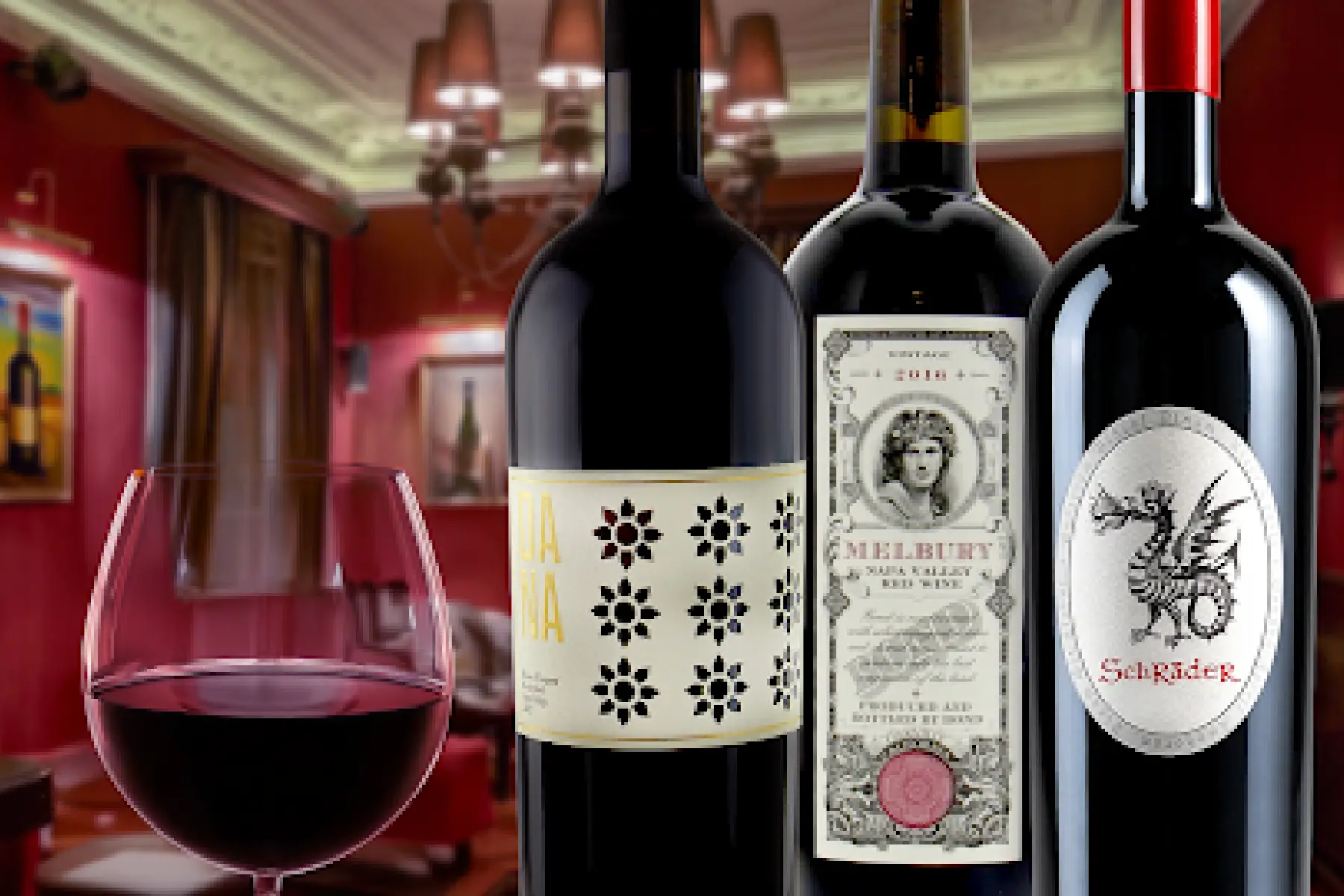
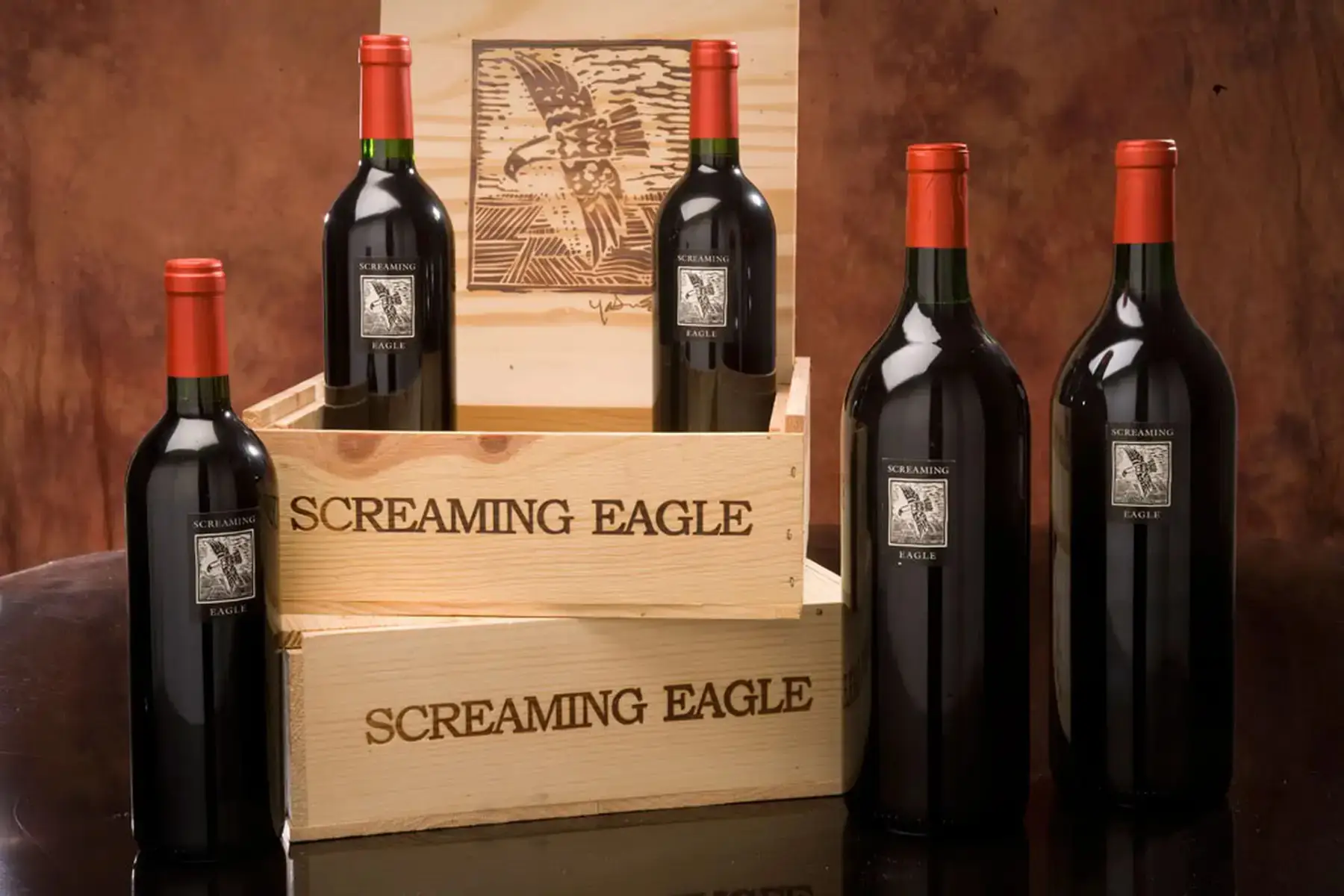
Napa Valley (USA)
The land of cult Cabernets. Screaming Eagle, Scarecrow, Harlan Estate, and Bond are among wines snapped up by collectors globally.
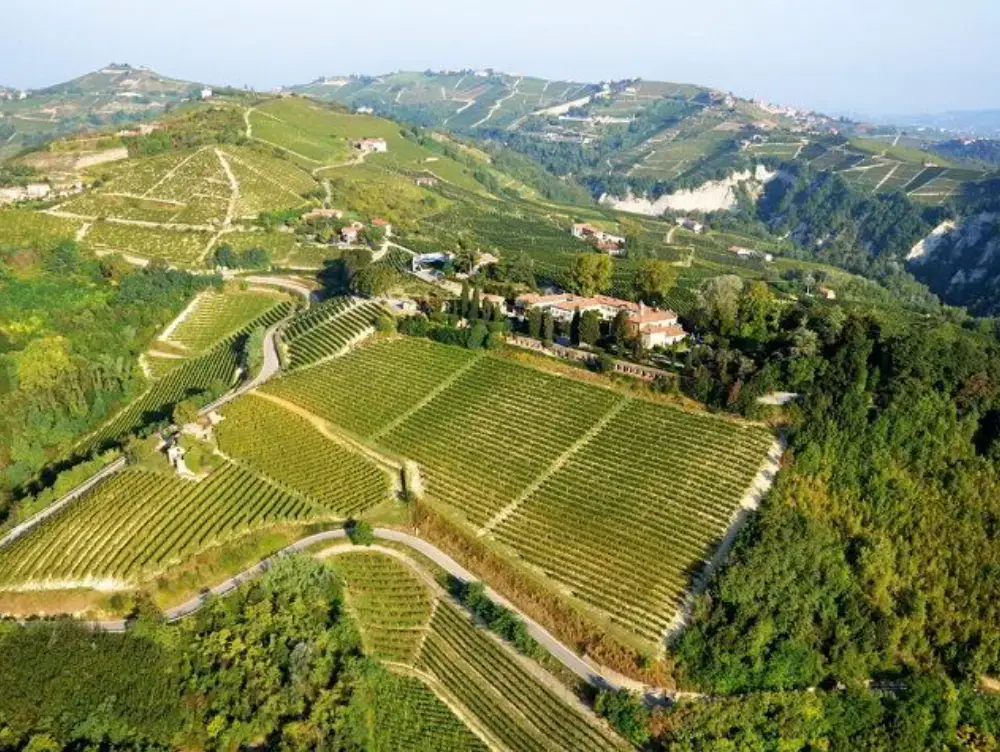
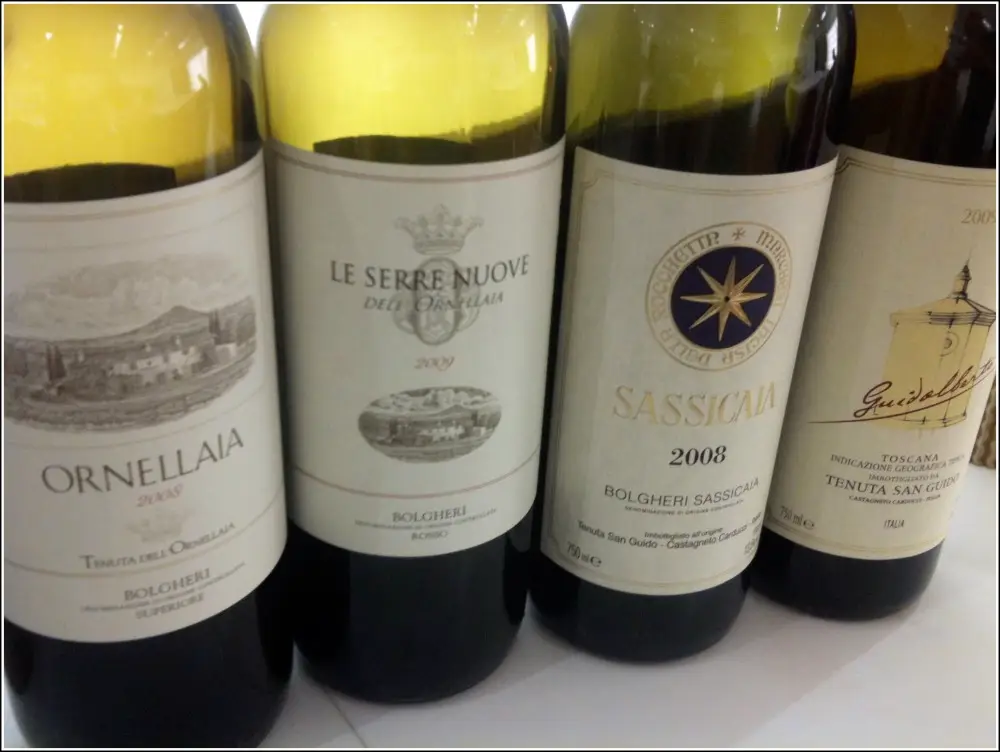
Tuscany & Piedmont (Italy)
Masseto, Ornellaia, and Sassicaia lead Tuscany’s charge, while Barolo’s single-vineyard crus (like Monfortino and Cannubi) offer compelling long-term value.
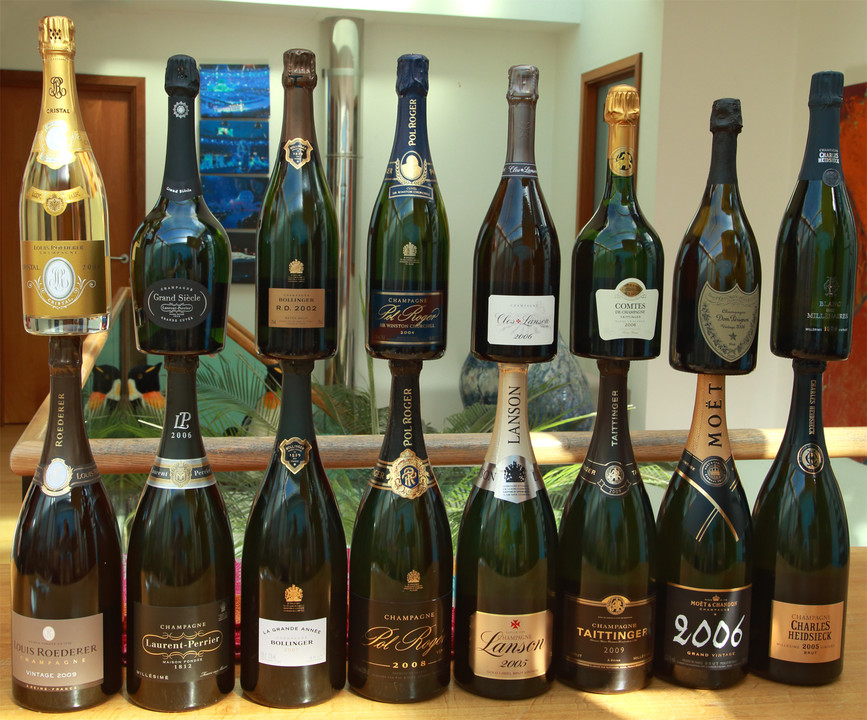

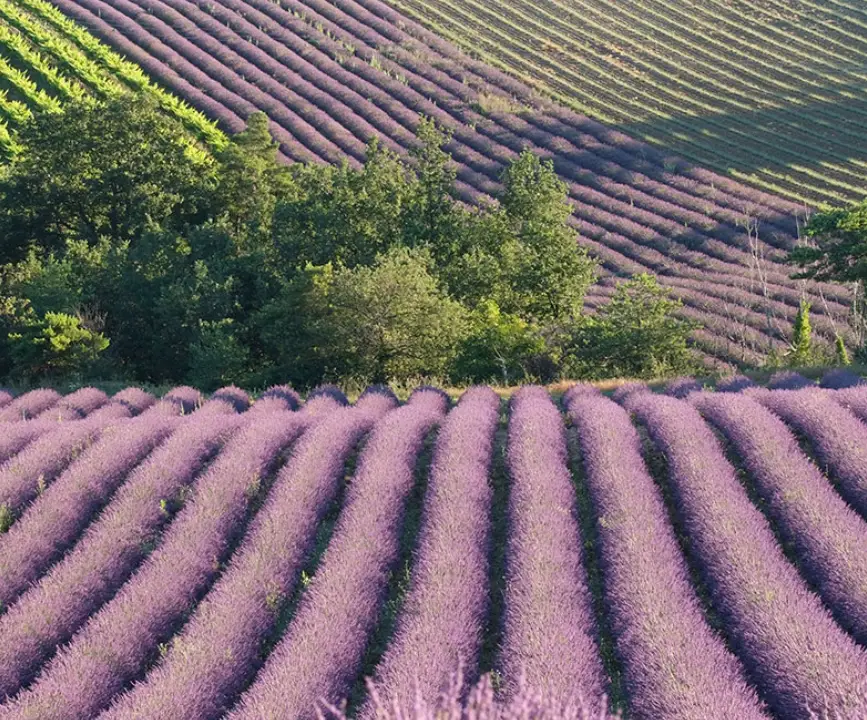
Champagne & Rhône Valley
Krug Clos du Mesnil, Dom Pérignon P2, and Salon are investment-grade Champagnes. Rhône’s
Guigal La-Las and Château Rayas are increasingly entering collectors cellars.
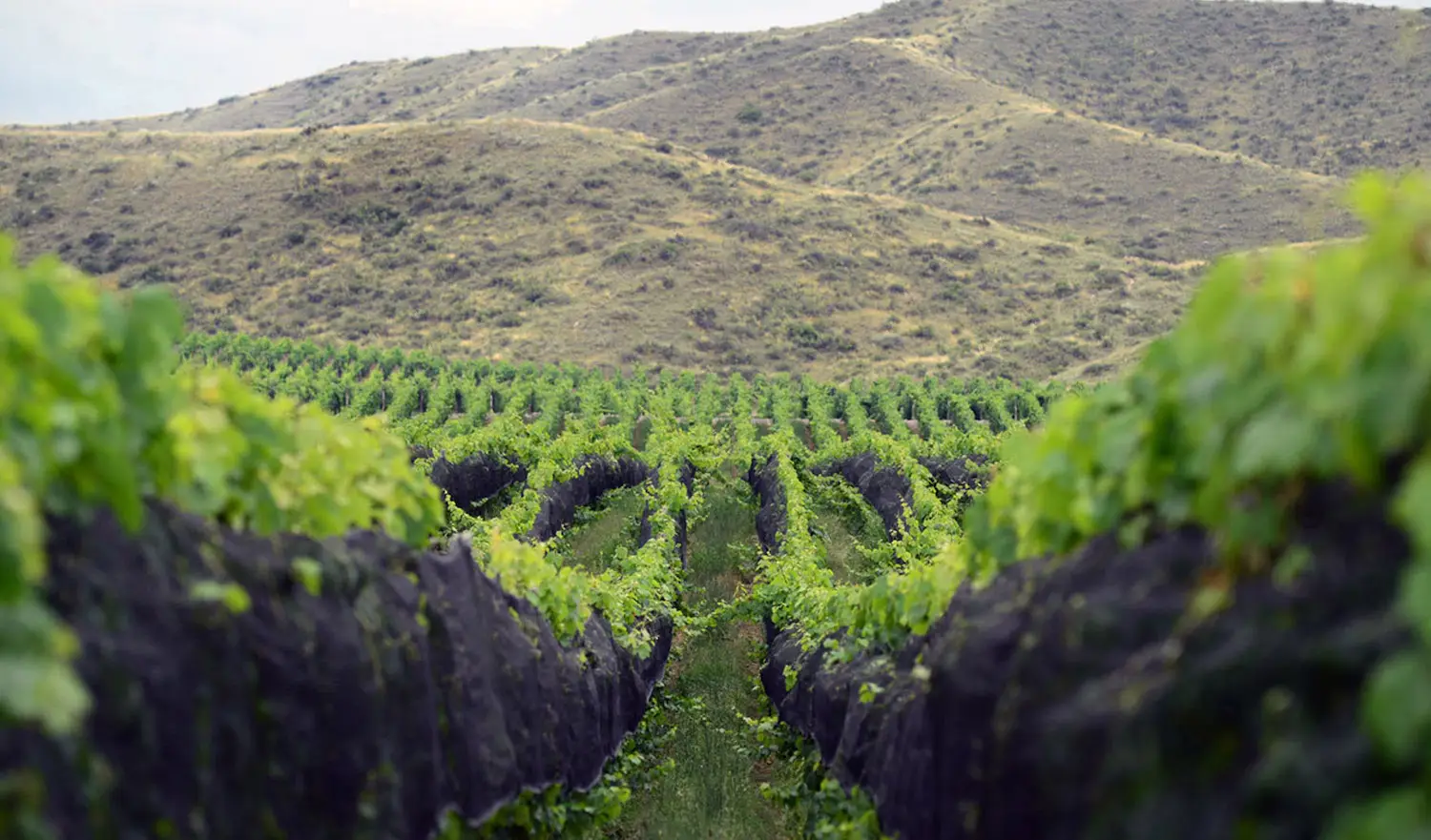
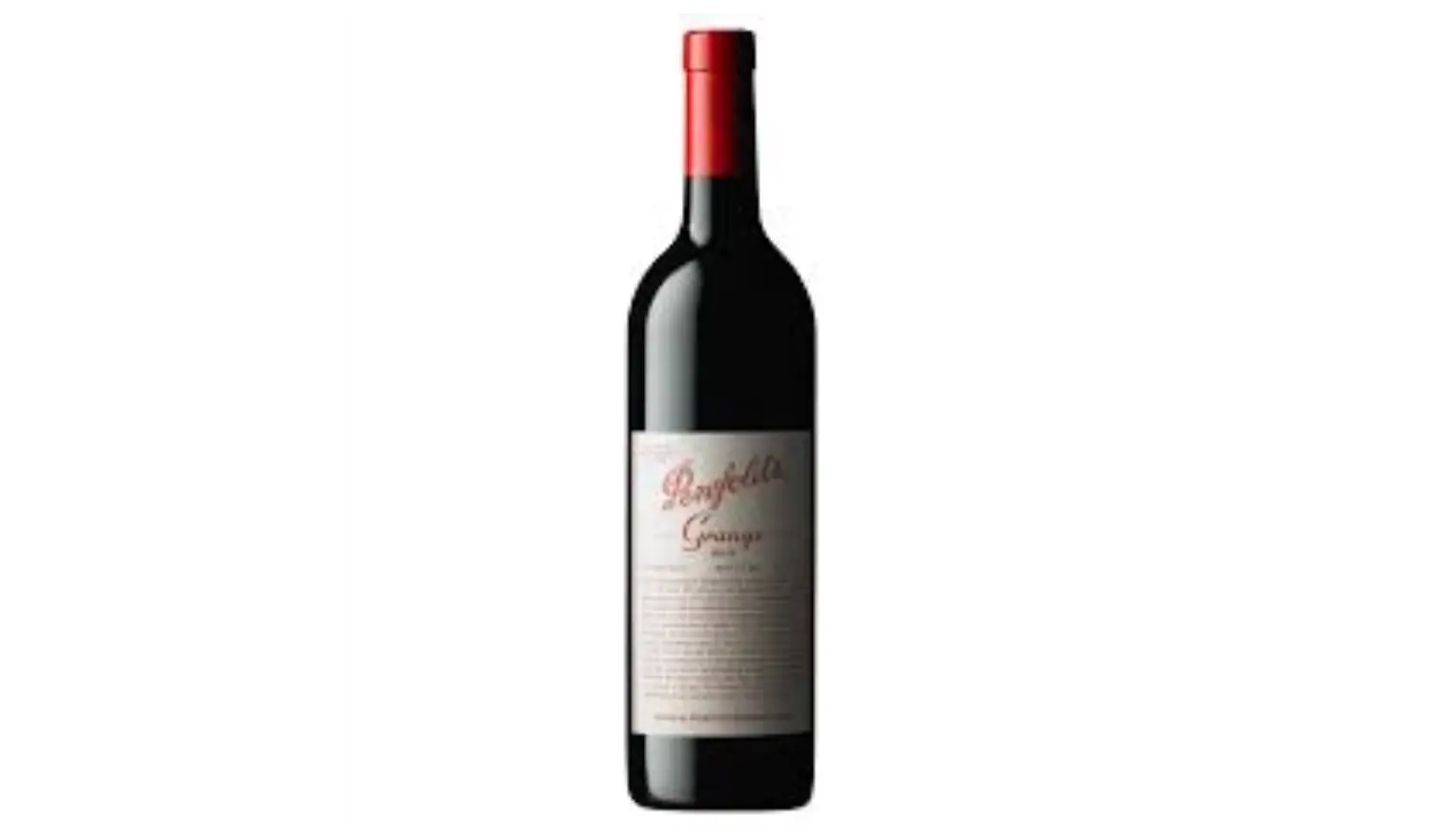
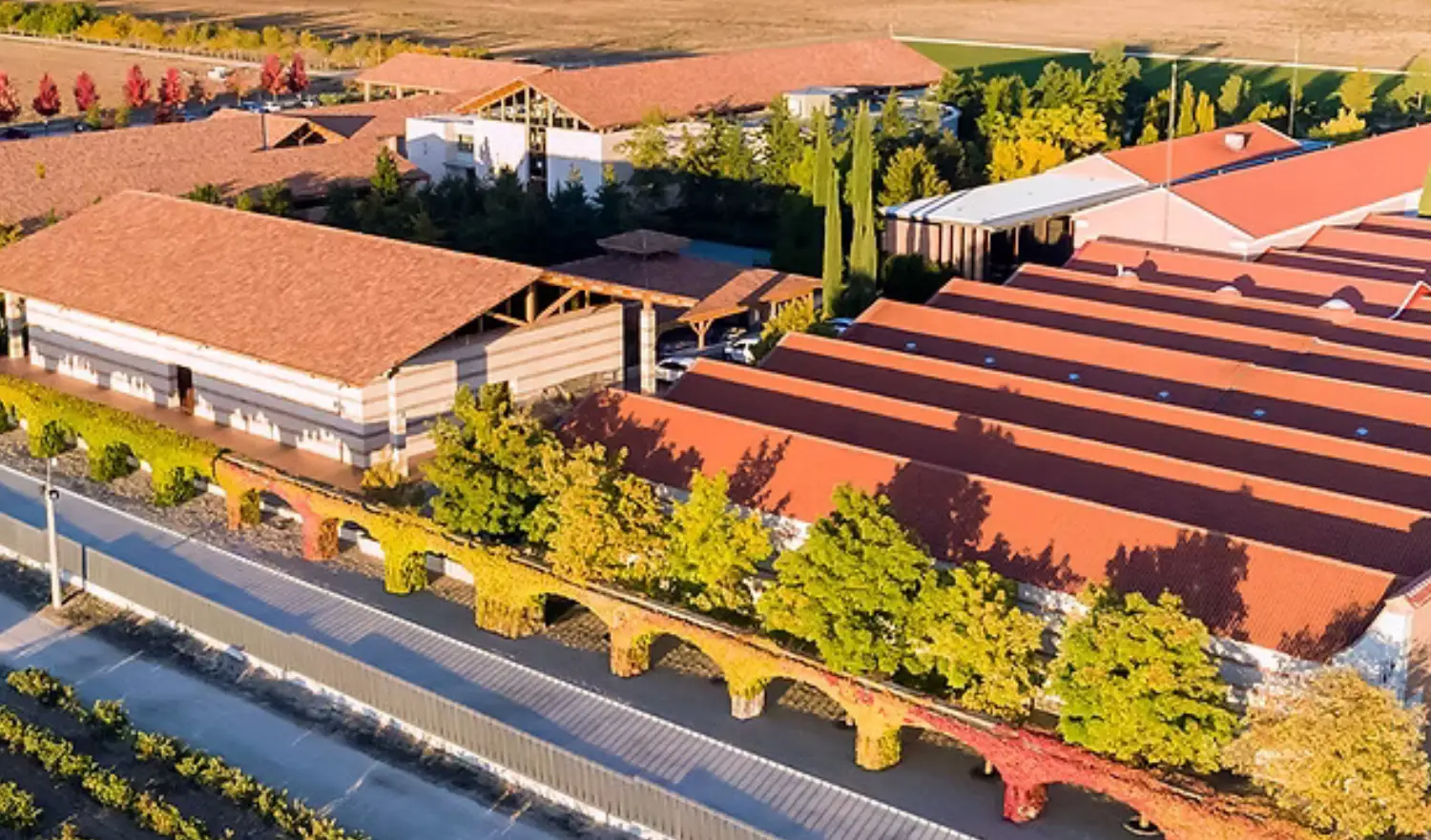
Emerging Markets
Look out for Australia’s Penfolds Grange, Argentina’s Catena Zapata Adrianna Vineyard, and Spain’s Vega Sicilia.
Getting Started: Building Your Liquid Portfolio
1. Buy Smart
En Primeur (wine futures)
Buy while still in barrel for potential early gains. Popular for accessing limited allocations from top domaines and châteaux.
Secondary Market
Use auction houses and specialist platforms for transparent market access:
- Sotheby’s
- Zachys
- Liv-ex
- Cult Wines
- Crurated
2. Storage & Authentication
Choose bonded warehouses (for example, Octavian Vaults or London City Bond). Maintain consistent temperature, humidity, and provenance records — these directly affect resale value.
3. Insure It
Fine wine should be insured like valuable art. Work with specialist insurers experienced in wine collections to cover loss, damage and transit.
Crafting a Strategy: Invest Like a Collector
- Diversify: Spread risk across regions, vintages, and producers.
- Understand Hold Periods: Many wines reach peak resale between 10–20 years.
- Know the Buyers: Asia (notably Hong Kong and Singapore) is an important market — understand regional demand dynamics when planning exits.
Risks and Realities
Wine investing is refined but not risk-free. Key risks include:
- Illiquidity: Wine is typically a long-term play, not suited for rapid exits.
- Counterfeits: Provenance and documentation are essential — transact with verified merchants only.
- Market Volatility: Prices can shift with critic taste, climate impacts, or geopolitical events.
Wine Investing as a Lifestyle
Beyond capital gains, owning fine wine unlocks experiences:
- Private tastings & allocations — access to rare releases and barrel tastings.
- Collector societies — network with sommeliers, vintners and fellow connoisseurs.
- Luxury travel — vineyard visits from Pauillac to Napa and curated culinary experiences.
Final Thoughts
For high-net-worth individuals seeking diversification, exclusivity and a touch of indulgence, fine wine investing blends passion with performance. It’s where your lifestyle becomes your portfolio — and your portfolio becomes part of your legacy.
Disclaimer:
This content is for informational purposes only and does not constitute financial advice. Please consult a certified financial advisor and conduct your own due diligence before making investment decisions. Savryn House is not liable for any losses or market fluctuations related to wine investment activities.
Related Stories
Hashtag blogging is a website for bloggers to share their experience. It is a platform to share their thoughts and experience freely.



